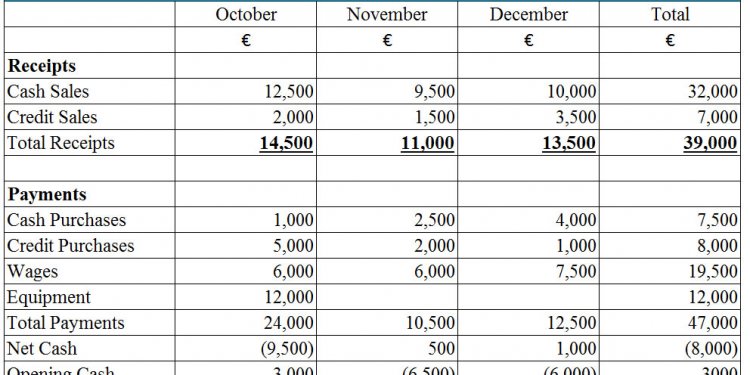
Control Systems in Business
 Safeguarding assets is one essential characteristic of an effective system of internal control.
Safeguarding assets is one essential characteristic of an effective system of internal control.
lock image by stoffies from Fotolia.com
A system of internal control refers to the process by which organizations maintain environments that encourage incorruptibility and deter fraudulent activities by management and employees. An organization’s components of internal control are evaluated during the planning phase of an independent financial statement audit. The results of the evaluation directly influence the auditor’s level of detailed testing. To reduce detailed testing, and perhaps the audit fee, organizations implement common features of a proper internal control system.
Management Integrity
Management integrity, or the moral character of persons of authority, sets the overall tone for the organization. Management integrity is communicated to employees through employee handbooks and procedural manuals. The Management Library indicates that in addition to communicating management integrity, policy manuals facilitate training to employees. However, management’s enforcement of policies is the major indicator of an organization’s commitment to a successful internal control system.
Competent Personnel
An organization’s ability to recruit and retain competent personnel indicates management’s intent to properly record accounting transactions. In addition, the retention of employees increases the comparability of financial records from year to year. Furthermore, an auditor’s confidence in the underlying accounting records increases as he observes the reliability of the organization’s personnel. This in turn reduces an auditor’s assessment of the risk of a material misstatement in the entity’s financial statements.
Segregation of Duties
The University of California at Los Angeles notes that a segregation of duties is critical to effective internal control because it reduces the risk of mistakes and inappropriate actions. An effective system of internal control separates authoritative, accounting and custodial functions. For instance, one employee opens incoming mail, a second employee prepares deposit slips for daily receipts, while a third employee deposits receipts in the bank. The previous example prevents the opportunity of one employee to misappropriate incoming funds.
Records Maintenance
Maintaining appropriate records ensures that proper documentation exists for each business transaction. Records management involves storing, safeguarding and eventually destroying tangible or electronic records. Also, appropriate back-up deters an employee or management from creating phantom transactions in the underlying accounting records. The Environmental Protection Agency emphasizes that a good records management program reduces operating costs, improves efficiency and minimizes the risk of litigation.
Safeguards
Safeguards prevent unauthorized personnel from accessing valuable company assets. Safeguards are physical, such as locks on doors, or intangible, such as computer software passwords. Regardless of the methods, safeguards are a necessary feature of an organization’s internal control system. Many business owners instinctively protect inventory, cash and supplies. However, blank checks, company letterhead and signature stamps are items that require safeguarding that are commonly overlooked.

















